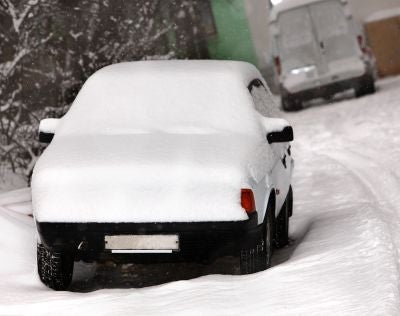Your support helps us to tell the story
From reproductive rights to climate change to Big Tech, The Independent is on the ground when the story is developing. Whether it's investigating the financials of Elon Musk's pro-Trump PAC or producing our latest documentary, 'The A Word', which shines a light on the American women fighting for reproductive rights, we know how important it is to parse out the facts from the messaging.
At such a critical moment in US history, we need reporters on the ground. Your donation allows us to keep sending journalists to speak to both sides of the story.
The Independent is trusted by Americans across the entire political spectrum. And unlike many other quality news outlets, we choose not to lock Americans out of our reporting and analysis with paywalls. We believe quality journalism should be available to everyone, paid for by those who can afford it.
Your support makes all the difference.In the Northern Hemisphere, temperatures are starting to drop and snow is starting to fall, which means it's time to prepare your car for another winter.
Cold weather means extra stress on many parts of a car and more difficult driving conditions, making it doubly important to ensure everything's functioning properly.
Pay attention to the mechanics, says US-based Advance Auto Parts, checking in particular the charging system for batteries (which has to work harder in cold weather), oil and oil filter, brakes and engine belts and hoses, which are rubber and become more brittle in cold weather.
Having enough windscreen washer fluid in the tank is important, says the UK's Institute of Advanced Motorists (IAM), which also reminds drivers to make sure wipers' blades are not brittle and to switch wipers off when the ignition is started - if they freeze in the "on" positions it can blow the fuse.
Tire tread is also critical in icy conditions and minimum requirements vary around the world, with many European countries requiring specific winter tires and snow chains for cars to be allowed on the road.
As lights are on more in winter, car owners should check for blowouts regularly with the help of a passenger or a reflective surface, remembering to test fog lights and indicators.
In the unlikely event that drivers are stranded, it's worth carrying an emergency kit which should contain warm clothes or a blanket, a high visibility jacket, some food and water, de-icer and scraper, a torch, a spade, a mobile phone with a well-charged battery, jump leads and a first aid kit.
Winterizing your vehicle - top tips from the IAM
1. Make sure your windshield wipers are in good condition and you regularly clean the inside of the windscreen
2. Top up your windscreen washer fluid with suitable anti-freeze screenwash and make sure your ice scraper and old cans of de-icer are up to the job.
3. Check your tires thoroughly.
4. Check all lights.
5. Pack an emergency kit in the boot / glove box.
6. If you take any regular, essential medications, make sure you carry enough with you.
http://www.advanceautoparts.com
http://www.iam.org.uk

Join our commenting forum
Join thought-provoking conversations, follow other Independent readers and see their replies
Comments